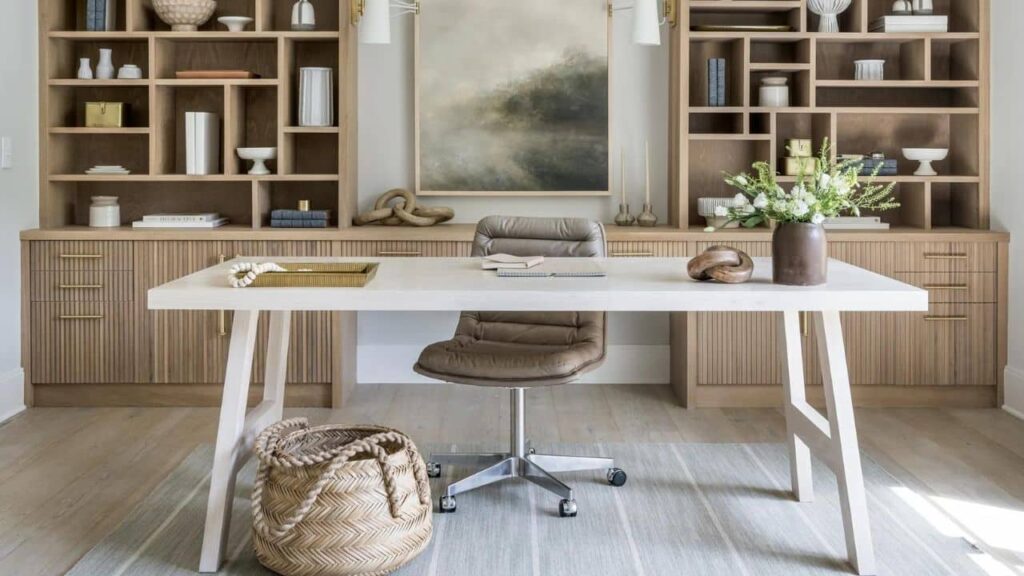Moving an office can feel overwhelming, but with the right planning and storage strategies, it doesn’t have to be. The key is to start early, get organised, and involve your team in the process.
Planning ahead not only saves time and money but also makes the move far less stressful. When everyone knows what’s going where and why, moving day becomes much easier, and settling into the new workspace happens faster.
By assessing your storage needs in advance and choosing the right solutions, you’ll avoid overpacking, reduce clutter, and keep everything running smoothly. The following strategies will help make your office relocation more efficient and far less of a hassle.
Assess Your Current Storage Needs
Relocating is the perfect opportunity to rethink your storage setup. Start by evaluating what you currently have. What’s working? What’s just taking up space?
Take stock of your existing systems—filing cabinets, shelving units, storage bins—and decide what’s essential and what can go. Sorting items by frequency of use and importance can help clarify what should make the move.
For a quicker process, use colour-coded labels to flag priority items and streamline decisions about what stays, what’s stored, and what’s tossed or donated.
Bring your team into the conversation. They’re the ones using these systems day-to-day, so they will often spot inefficiencies or needs that could otherwise be overlooked.
You can even consider going paperless in some areas. Reducing physical storage by switching to digital files is both practical and eco-friendly.
Don’t forget to measure your existing storage units and compare them to the new space. Knowing whether your shelves or cabinets will fit helps avoid last-minute surprises and keeps your new office layout functional.
It also gives you a chance to plan ahead for future growth, so you don’t outgrow your new setup too quickly.
Invest in Quality Storage Solutions
A new office deserves smart storage that works long-term. Look for durable, adaptable solutions like modular shelving, stackable bins, and sturdy filing cabinets. These not only keep things tidy but also offer flexibility for future changes.
Before purchasing anything, double-check the dimensions of your new space so you know exactly what will fit. Choosing storage that’s easy to reconfigure, like units with adjustable shelves, will make your workspace more efficient in the long run.
Though quality storage might come with a higher upfront cost, it pays off in durability and ease of use. Consider wheeled or lightweight options too, especially if your office might relocate again in the future.
If your move is on a larger scale, working with professional office movers can help you select and set up the best storage solutions from day one.
Label Everything Clearly
Labels might seem like a small detail, but they can save hours of confusion. Use a simple colour system, for example, red for HR, blue for IT, green for admin, to easily identify which department each box belongs to.
Number each box and keep a detailed inventory list that notes what’s inside. This makes unpacking much quicker and helps track down any missing items.
Think of this master list as your move-in map. It keeps everything organised and ensures that nothing important gets misplaced in the shuffle.
Make sure your labels are built to last. Waterproof markers like Sharpies work well, especially if you’re dealing with changing weather.
Get the whole team involved in the labelling process—it speeds things up and encourages ownership and teamwork. The more hands on deck, the smoother the transition will be.
Use Vertical Space Wisely
When planning storage, don’t overlook the space above eye level. Vertical storage, like wall-mounted shelves, pegboards, and hanging hooks, can significantly increase usable space without making the room feel cluttered.
Store less frequently used items higher up, and keep everyday essentials within easy reach. Clear bins are a game changer here. They let you see what’s inside at a glance, cutting down the time spent searching.
Encourage employees to customise their own workstations. Giving people some say in how their space is set up not only boosts comfort but can also improve productivity.
Using your vertical space well is a smart way to stay organised while maximising floor space in a new office.
Create a Temporary Storage Plan
Sometimes, everything doesn’t move all at once, and that’s okay. Having a short-term storage plan in place can ease the pressure. Look into local storage providers that offer flexible rental terms, so you’re not tied into long contracts for a short-term need.
Decide which items need to be immediately accessible at the new office and which can wait. Prioritising these things before you move can save time later. Keeping a separate, clearly labelled list of what’s in storage and where means nothing gets lost in the shuffle.
Protect your stored items with airtight containers, especially if you’re dealing with sensitive documents or electronics. Also, get your team involved in identifying what needs to be handy on day one. They will often know best what they’ll need to hit the ground running.
Get the Team Involved
A successful office move is rarely a solo effort. Giving your team clear roles, whether that’s packing, sorting, labelling, or setting up, helps the process move faster and makes everyone feel included.
Assign responsibilities and deadlines using a shared document or project tracker, so everyone stays aligned.
Check in regularly during the planning stages to resolve any concerns and keep communication open.
When your team feels involved and informed, the move becomes a shared goal instead of a stressful chore. It’s also a great opportunity to build morale and reinforce a sense of unity during a big transition.
Conclusion
Moving offices doesn’t have to feel like solving a Rubik’s cube blindfolded. With these storage strategies in your toolkit, you will transform what could be a chaotic scramble into a well-orchestrated symphony of boxes, labels, and teamwork.
Remember, Rome wasn’t built in a day, but it was probably better organised than most office moves! Before you know it, you will be settling into your new space with everything in its place and a team that’s proud of what they’ve accomplished together.
Now go forth and conquer that move. Your future, perfectly organised self will thank you.





